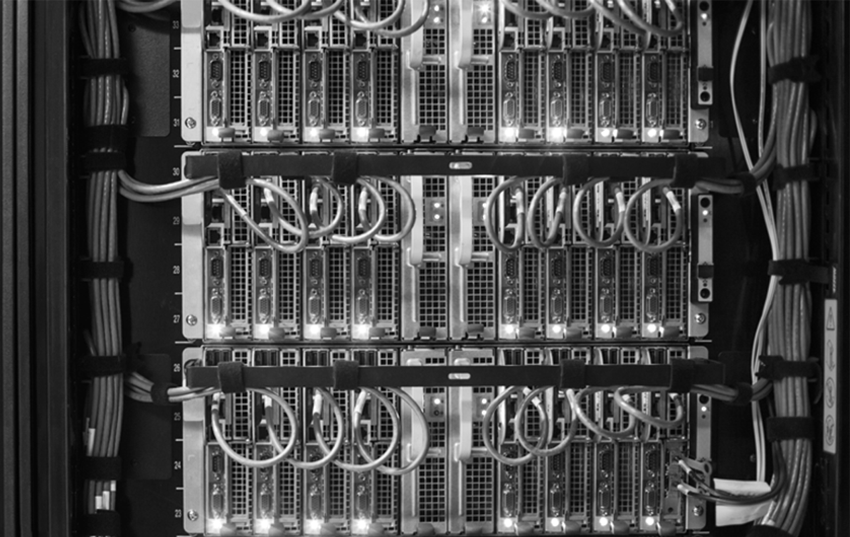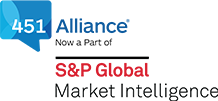
Source: eugenesergeev/iStock/Getty images
According to a recent study by 451 Research, a part of S&P Global Market Intelligence, organizations that are implementing Internet of things (IoT) solutions are increasingly expanding their current projects and investing in more infrastructure to support their growth. As part of this expansion, organizations are gradually embracing payment models based on outcomes and consumption. This shift is motivated by the desire to align value with cost, minimize initial expenses, and adapt to changing business models. Although there is some hesitation due to uncertainties around costs and traditional purchasing habits, many organizations are moving towards these innovative payment models to improve their IoT efforts.
Navigating infrastructure and payment model shifts
The encouraging development is that organizations are steadily advancing their IoT projects from initial concepts to full-scale production. This progression necessitates ongoing investments in infrastructure to sustain growth. However, determining the specific types of infrastructure required remains a challenge. Generative AI frontier models are well-suited for cloud or datacenter deployments, whereas smaller AI models and AI inferencing are increasingly being deployed at the edge, especially within industrial settings. Legacy operational technology applications have already undergone IoT platform upgrades but now need to accommodate new AI-driven and agent-based workflows.
Adding complexity to this scenario, organizations are becoming more accustomed to as-a-service and outcome-based payment models, which complicates the business case for vendors. Despite some hesitation due to uncertainties about costs and traditional purchasing habits, many organizations are embracing these new strategies to propel their IoT initiatives forward. IoT vendors must adapt to these evolving infrastructure needs and stay informed about pricing trends to deliver scalable and cost-effective solutions.
IoT spending growth remains robust
Organizations are projecting a significant increase in IoT-related spending, with an average expected rise of 40% over the next year and a median increase of 28%. This ongoing trend underscores the importance for vendors to provide scalable and cost-effective solutions. IoT spending is anticipated to remain strong as enterprises recognize the critical role of IoT data, particularly for operational use cases, as foundational to AI and generative AI deployments.
Key drivers of IoT investment
The main factors driving IoT spending are the expansion of existing projects and the initiation of new ones.
Nearly half of survey respondents (47%) report increased spending to transition deployments from trial to full production, while 43% attribute their spending increase to IoT infrastructure needs. Additionally, 37% are increasing their budgets to cover unforeseen operational costs, a consequence of scaling IoT projects.
Focus on cloud infrastructure and cybersecurity
Cloud infrastructure and cybersecurity are the leading categories for IoT budget allocation in 2025, each cited by 42% of survey respondents. Other significant areas include artificial intelligence (AI)/machine learning for IoT (33%) and IoT platforms (23%). These technologies are vital for scaling IoT deployments: cloud infrastructure offers the necessary compute and storage, IoT platforms facilitate data management, and AI/ML technologies provide insights for automation and enhance security. Although only 13% of survey respondents currently prioritize edge computing, this is expected to grow as edge AI inferencing becomes more common.
Adoption of outcome-based payment models
Outcome-based payment models are gaining popularity, with 22% of survey respondents already using them and nearly three-quarters indicating a likelihood of adoption in the future. This approach aligns costs with value, reducing initial project expenses. However, widespread option is still developing. Vendors need to adapt to this model to stay competitive and demonstrate their ability to deliver measurable business outcomes. Similarly, as-a-service infrastructure consumption models are appealing, with 47% of survey respondents citing their organization is likely to adopt and 18% already using this approach.
Overcoming barriers to outcome-based pricing
To encourage the adoption of outcome-based pricing, vendors must address customer concerns.
The primary obstacles include cost uncertainty and potential budget overruns, noted by 45% of survey respondents.
Other challenges are a preference for traditional purchasing methods (39%) and difficulties in agreeing on metrics to verify business outcomes (33%). By tackling these issues, vendors can promote the adoption of outcome-based payment models.
Want insights on IoT trends delivered to your inbox? Join the 451 Alliance.
This content may be AI-assisted and is composed, reviewed, edited and approved by S&P Global in accordance with our Terms of Service.

